Disclosure: This article contains affiliate links. We may earn a commission from purchases at no extra cost to you, which helps our travel content.
Standing at the precipice of Colca Canyon, twice as deep as the Grand Canyon yet somehow less frequented by international travelers, I felt that familiar tingle of discovery that first drew me to anthropology. The vertiginous drop before me wasn't just a geological marvel—it was a living museum of pre-Incan agricultural terracing, colonial influences, and indigenous Andean culture that has persisted for millennia. With Pallas patiently sitting beside me, her ears perked at the distant call of an Andean condor, I knew this three-day descent into one of the world's deepest canyons would be as intellectually stimulating as it would be physically demanding.
Preparing for the Descent: What You Need to Know
Arequipa sits at 2,335 meters above sea level, but the Colca region reaches heights of over 3,600 meters before plunging dramatically into the canyon depths. This elevation gradient demands respect and preparation.
Before my trek, I spent two full days in Arequipa acclimating—wandering the UNESCO-listed historic center, sampling local rocoto relleno (stuffed peppers), and visiting the Museo Santuarios Andinos to pay respects to Juanita, the frozen Inca mummy discovered on nearby Mount Ampato. This wasn't just tourism; it was essential acclimatization.
While many travelers book through agencies in Arequipa (typically 180-250 soles for a guided 2-3 day trek), I opted for the independent route. This requires more planning but offers flexibility and deeper cultural immersion. You'll need to arrange transportation to Cabanaconde (the typical starting point), map your route, and pack appropriately.
My trekking poles proved invaluable on the steep descents, saving my knees from the punishing downhill sections. The cork handles remained comfortable despite hours of sweaty palms in the canyon heat. I also never travel these elevations without my pulse oximeter, a small device that monitors your blood oxygen levels—essential for recognizing early signs of altitude sickness.

💡 Pro Tips
- Book your accommodation in Arequipa's historic center for easier agency access if going with a guided tour
- Purchase coca leaves at Arequipa's San Camilo Market to help combat altitude effects
- If hiking independently, download offline maps and the route on apps like Wikiloc or AllTrails
Day 1: Cruz del Condor to Cabanaconde to San Juan de Chuccho
Most tours begin with a pre-dawn departure from Arequipa, reaching Cruz del Condor by 8-9 AM. As an anthropologist fascinated by both natural and cultural phenomena, this viewpoint represents a perfect confluence—Andean condors riding thermal currents against the backdrop of pre-Incan agricultural terraces that date back over 1,500 years.
The condors aren't just magnificent birds; they're central figures in Andean cosmology, believed to carry prayers and offerings to the gods. Watching them soar, I was struck by how the Quechua-speaking communities have maintained spiritual connections to these birds despite centuries of colonial pressures.
After the condor viewing, we continued to Cabanaconde (3,287m), where the actual hike begins. The trail descends steeply through switchbacks with views of the terraced canyon walls. My UV protective sunglasses were essential here—the high-altitude sun reflects intensely off the light-colored trail, and these affordable polarized glasses prevented eye strain without sliding off during the sweaty descent.
The 3-4 hour hike down drops approximately 1,000 meters of elevation before reaching San Juan de Chuccho, a small oasis village where most hikers spend their first night. The simple accommodations typically include dinner and breakfast, with cold showers that feel surprisingly refreshing after the dusty trail.

💡 Pro Tips
- Arrive at Cruz del Condor between 8-10 AM when thermal conditions are optimal for condor sightings
- Bring at least 2 liters of water for the descent to San Juan—the dry climate and sun exposure dehydrate you quickly
- Book your San Juan accommodation in advance during high season (June-August)
Day 2: Crossing the Canyon to Oasis Sangalle
Day two presents the most diverse archaeological and ecological experiences. After an early breakfast in San Juan de Chuccho, the trail climbs briefly before descending to the canyon floor where you cross the Colca River via a simple bridge.
The river crossing isn't just a practical necessity—it represents a significant boundary in indigenous cosmology. Rivers often served as borders between different ayllus (community groups) and crossing them involved specific rituals. I paused here to place a small stone as an offering, continuing a tradition that predates the Inca empire.
From the river, you'll climb approximately 400 meters up the opposite canyon wall to reach the village of Cosñirhua, where pre-Hispanic terraces remain in active use. The agricultural practices here have remained largely unchanged for centuries, with farmers still using foot plows and traditional irrigation systems.
The trail continues to Malata, a colonial-era village with a small museum housed in a traditional dwelling. Here, I applied a fresh layer of mineral sunscreen, which doesn't contain the harmful chemicals that bleach coral reefs and damage fragile ecosystems. The zinc-based formula holds up remarkably well against sweat and doesn't sting your eyes on steep descents.
The final leg is a steep 2-3 hour descent to Sangalle, commonly called "The Oasis"—a cluster of basic accommodations surrounding inviting swimming pools fed by mountain springs. The contrast between the arid canyon walls and this verdant microclimate is striking. After testing the acoustics of the canyon walls (a professional habit), I cooled my tired feet in the pool while documenting the day's observations in my waterproof notebook, which handles both pool splashes and unexpected rain with equal resilience.
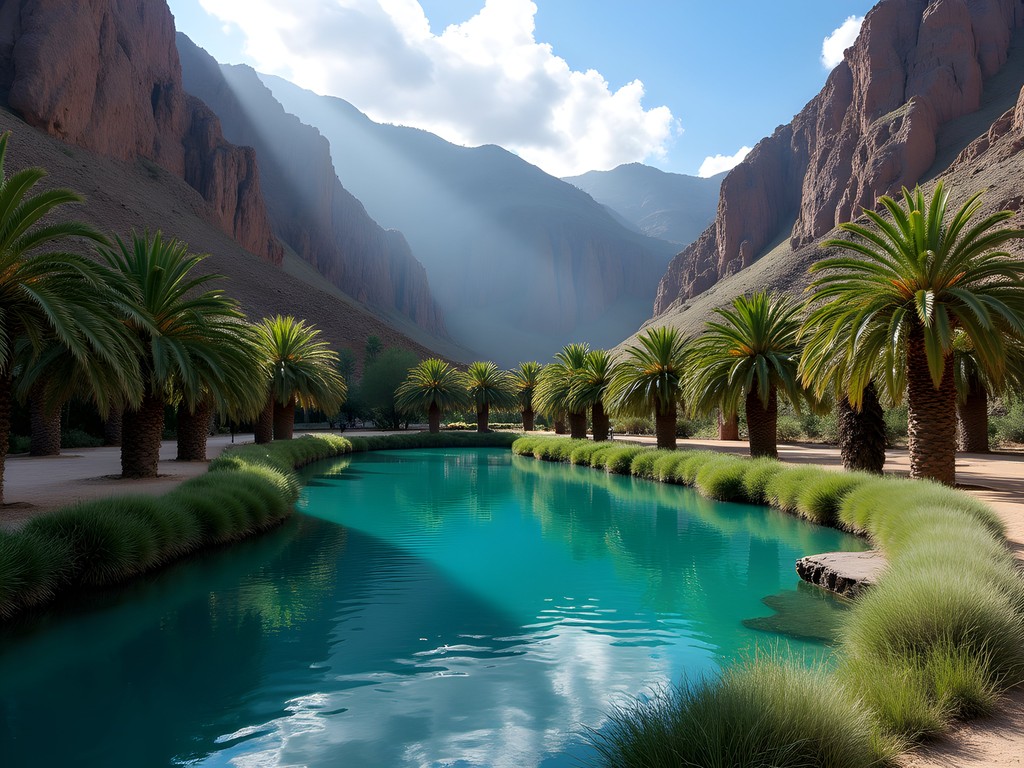
💡 Pro Tips
- Start hiking by 7 AM to avoid the midday heat on the exposed trail
- Ask permission before photographing local residents or their homes—offering a small gift or purchasing local crafts builds goodwill
- Pack a lightweight towel for the swimming pools at the Oasis
Day 3: The Challenging Ascent and Return to Arequipa
The final day begins in darkness. Most hikers start the ascent by 4:30-5:00 AM to avoid the punishing sun on the exposed switchbacks. Headlamps illuminate the trail as you begin the grueling 1,200-meter climb back to Cabanaconde.
This ascent isn't just physically demanding—it's a journey through ecological zones that indigenous peoples have categorized for millennia. The Quechua language has specific terms for each elevation band, reflecting intimate knowledge of which crops and medicinal plants thrive at different heights.
As dawn broke, I paused to refuel with trail mix and water enhanced with electrolyte tablets. These tablets have been a game-changer for my high-altitude hiking—preventing the headaches and muscle cramps that often accompany strenuous climbs by replacing essential minerals lost through sweating.
The trail contains several pre-Hispanic rest stops (samanas) that align perfectly with natural view points. These aren't coincidental—ancient trail builders understood both the physical need for rest and the spiritual importance of contemplating the landscape. At one such point, I shared water with Pallas while listening to the canyon acoustics—the way sound travels here explains why certain locations were chosen for ritual purposes.
Reaching Cabanaconde by mid-morning feels triumphant. Most tours include breakfast at a local restaurant before the return journey to Arequipa, with stops at the thermal baths of La Calera and the scenic viewpoints of Maca and Chivay. We arrived back in Arequipa by late afternoon, exhausted but enriched by a journey that connected us to both the natural wonders and cultural heritage of this remarkable region.

💡 Pro Tips
- Pack a reliable headlamp with fresh batteries for the pre-dawn ascent
- Bring enough cash for the entire trek—there are no ATMs in the canyon villages
- Consider hiring a mule in Sangalle if you're concerned about the ascent (approximately 80 soles)
Cultural Encounters: Connecting with Canyon Communities
What distinguishes Colca Canyon from many popular trekking destinations is the living cultural heritage that permeates the landscape. The canyon isn't a wilderness devoid of human presence—it's home to communities that have maintained distinct traditions despite centuries of external pressures.
In villages like Cosñirhua and Malata, I observed women wearing intricately embroidered clothing that identifies their specific community affiliation. These aren't costumes worn for tourists; they're everyday attire with patterns and symbols that communicate marital status, village origin, and even personal accomplishments.
During my independent trek, I carried a small instant photo printer that connects to my phone. After asking permission to photograph local residents, I could immediately print and give them a physical copy—a practice that builds goodwill and respects the exchange nature of photography. The delight on people's faces when receiving these instant prints created connections that transcended language barriers.
Food in the canyon reflects both pre-Hispanic and colonial influences. The staple chupe de camarones (shrimp soup) demonstrates how indigenous cooking techniques merged with introduced Spanish ingredients. Each family's recipe varies slightly, preserving micro-regional culinary diversity that industrial food systems typically erase.
Most meaningful was my conversation with an elderly weaver in San Juan who explained how textile patterns record astronomical observations and agricultural cycles—a sophisticated knowledge system embedded in what outsiders might dismiss as merely decorative. These encounters remind us that hiking Colca Canyon isn't just about conquering physical challenges but understanding how humans have thrived in this extreme landscape for millennia.

💡 Pro Tips
- Learn basic Quechua phrases as a sign of respect—even simple greetings are appreciated
- Purchase directly from artisans rather than through middlemen to ensure fair compensation
- Ask permission before entering local churches—many contain unique syncretic religious art combining Catholic and Andean elements
Final Thoughts
As I watched the sun set over Arequipa's Plaza de Armas on our return, Pallas contentedly dozing at my feet, I reflected on how Colca Canyon embodies what draws me repeatedly to Peru. It's not just the dramatic landscapes or the physical challenge of the trek, but the profound sense of walking through living history—where ancient agricultural practices continue, where pre-Hispanic spiritual beliefs blend with Catholicism, and where the acoustics of canyon walls still carry echoes of civilizations past.
The Colca trek demands physical preparation, respect for altitude, and cultural sensitivity. But those willing to listen closely—to the stories of local guides, to the knowledge embedded in textile patterns, to the wind rushing through ancient terraces—will discover far more than a scenic hike. They'll glimpse the remarkable resilience of Andean cultures that have not just survived but adapted and thrived in one of Earth's most dramatic landscapes.
As an anthropologist, I seek connections between past and present, between natural environments and human adaptations. Colca Canyon offers these connections in abundance for travelers willing to slow down, ask questions, and approach the journey with humility. Whether you choose a guided tour or an independent adventure, the canyon's depths offer insights that remain long after your muscles recover from the climb.
✨ Key Takeaways
- Acclimatize properly in Arequipa before attempting the trek to avoid altitude sickness
- Consider hiking independently for deeper cultural immersion, or choose a reputable tour company that employs local guides
- Pack for dramatic temperature changes—from hot canyon floors to cool nights at higher elevations
📋 Practical Information
Best Time to Visit
April-November (dry season), with May-September offering clearest skies
Budget Estimate
$150-250 USD for 3 days including transportation, accommodation, and meals
Recommended Duration
3 days/2 nights minimum
Difficulty Level
Challenging
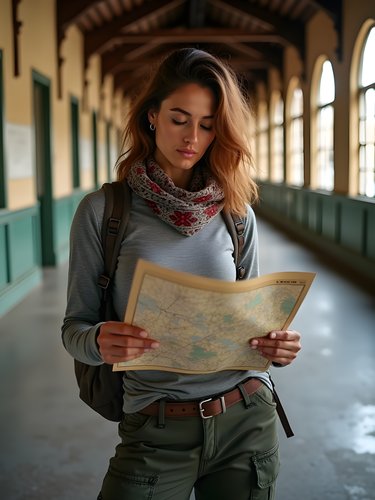
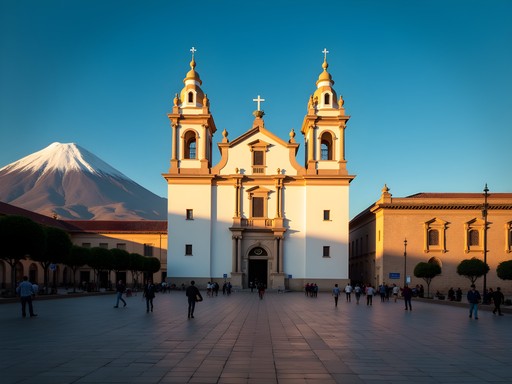

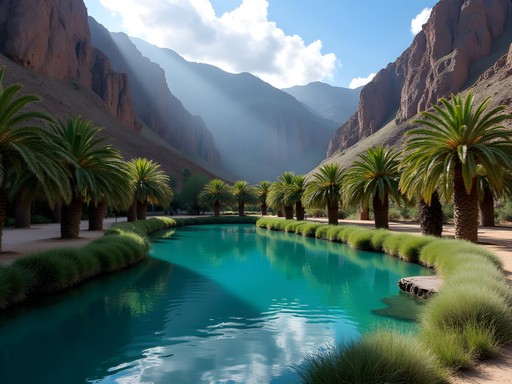
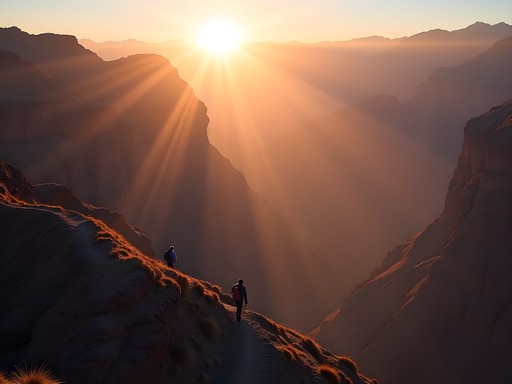
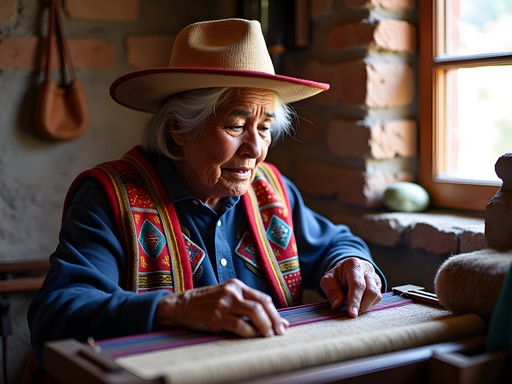


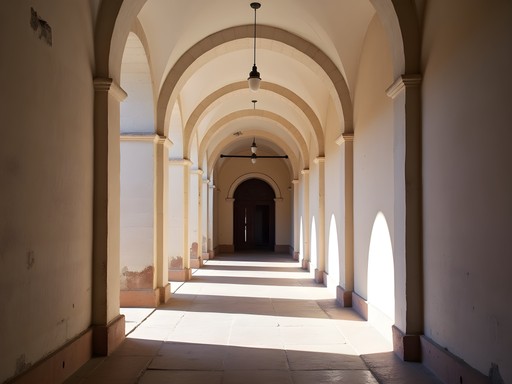


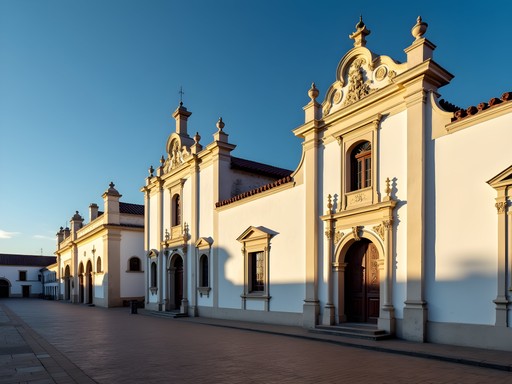




Comments
travelphotographer
Pro tip: If you're a photography enthusiast, bring extra batteries! The cold nights drain them quickly, and there's limited charging at the basic accommodations. The light at Cruz del Condor at sunrise is worth getting up early for!
LocalFoodHunter
We just got back from doing this trek last month! One thing I'd add - don't miss trying the local specialty 'cuy' (guinea pig) in Cabanaconde. I know it sounds weird to some, but it's actually delicious and super traditional in the region. The restaurant right on the main square does an amazing version. Also, we took the public bus from Arequipa rather than a tour and saved about 40 soles each way. It takes longer but you get to see more of local life.
VeggieVoyager
Any good vegetarian options in the canyon? Heading there soon and worried about food options!
LocalFoodHunter
Actually yes! Most places offer vegetable soups, rice, eggs and amazing fresh avocados. The homestays were super accommodating when we mentioned dietary preferences. Just learn how to say 'Soy vegetariano/a' and you'll be fine!
VeggieVoyager
That's a relief, thank you! 🙏
SunsetSeeker
That shot of the terraced fields is stunning! Really captures the scale of the place.
Jean Wells
Having completed this trek three times over the past decade, I've noticed significant changes. The oasis has become more developed (not necessarily for the better), but the canyon's majesty remains untouched. For those concerned about the difficulty, consider: I'm 59 and managed the ascent by pacing myself carefully and acclimating to the altitude in Arequipa for 3 days beforehand. Essential preparation includes altitude sickness medication and proper hydration strategy. The local communities along the route are increasingly dependent on tourism, so please support them by purchasing meals locally rather than bringing all supplies from Arequipa. The ecological fragility of the area also demands responsible trekking practices - pack out everything you bring in.
wildace
Going there next month! So excited after reading this. Did anyone take kids on this trail?
Jean Wells
I wouldn't recommend it for young children. The ascent on day 3 is quite challenging even for adults in good shape. Perhaps wait until they're teenagers who enjoy hiking. There are shorter day trips from Arequipa that would be more suitable for families.
wildace
Thanks for the honest advice! Will save this for our adults-only trip then.
AndesAdventurer
Pro tip for anyone going: book accommodations at the Oasis in advance during high season (June-August). We almost got stuck with nowhere to stay and had to double back an hour to find a place!
SoloTravelerAmy
Is there cell service in the canyon to call ahead? Or best to book from Arequipa?
AndesAdventurer
Very spotty service. Best to arrange in Arequipa or through your hostel in Cabanaconde before heading down.
coffeenomad
That shot of the condors soaring over the canyon is absolutely STUNNING! What camera setup are you using, Willow?
Savannah Walker
This brings back so many memories! I hiked Colca Canyon last year and that final ascent nearly broke me - started at 5am with my headlamp cutting through the darkness. The moment when you finally reach the top and see Cabanaconde in the distance is pure magic though. One tip I'd add: those walking poles Willow mentioned are absolute lifesavers for the descent. My knees would have given out without my trekking poles - worth every penny on those steep sections. Also, don't miss trying the local cactus fruit at the oasis - strange but delicious!
oceandiver
How hard was that Day 3 ascent? I'm not in the best shape but really want to do this trek!
travelphotographer
I did this trek last year and the ascent is challenging but doable. Just take it slow and bring plenty of water. Starting early before the heat hits is key!
oceandiver
Thanks for the tip! Did you hire a guide or go solo?
travelphotographer
I went with a guide from Arequipa. Cost a bit more but worth it for the local insights. Plus they handle all the logistics.
nomadpro
Wow, twice as deep as the Grand Canyon? That's insane! Definitely adding this to my bucket list.
Venture X
Premium card with 2X miles, $300 travel credit, Priority Pass